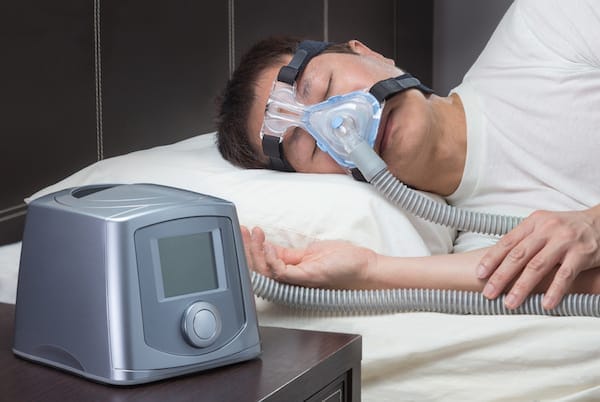Obstructive sleep apnea is a condition that affects millions worldwide. When a patient’s airway is restricted by a narrow opening, apneic episodes occur throughout the night. Apnea causes brief lapses in breathing and can lead to more serious conditions. Continuous positive airway pressure (CPAP) machines treat apnea by providing a constant flow of air. Although other devices and surgical options are available to treat sleep apnea, CPAP is proven to be an effective treatment. CPAP users select masks and accessories like the resmed mirage quattro headgear to ensure the mask fits comfortably without leaking air. You can learn how a CPAP mask and machine function in these passages.
The Scientific Data Supporting The Machine
According to the American Academy of Sleep Medicine, CPAP devices are one of the most efficient methods for relieving sleep apnea. After CPAP users become accustomed to using the machine every night, they see immediate improvements in their mood, quality of sleep and anxiety levels. However, some patients have problems getting used to the device, and they may experience issues such as:
- Dry nose or throat
- Irritation from the mask
- Claustrophobia
- Involuntary mask removal
- Issues with exhaling
CPAP side effects are minor, and most can be resolved by returning to a sleep doctor for an examination. For patients that have trouble with mask discomfort, doctors often suggest using a different style mask that is more comfortable. You can find hybrid masks such as the respcare hybrid, full helmet masks that cover the entire face, nasal inserts positioned in the nostrils and masks that cover the nose and mouth.
With recent technological improvements in CPAP design, sleep experts claim their patients have fewer issues with the equipment. Some patients complained that the air pressure is too high in CPAP machines, but now, advanced models start at lower pressure and gradually increase the pressure over time when the person is in a deep sleep. Another innovative improvement lowers the expiratory pressure to allow patients to exhale easily when they require higher pressure to keep the airway open.
How Does a CPAP Machine Work To Treat Sleep Apnea?
Whether you choose a fitlife mask, hybrid or helmet style, CPAP therapy can make a profound improvement on your sleep and health. When your airways are too narrow, breathing can stop temporarily. CPAP devices keep your airways open and prevent pauses in breathing. The apnea episodes interrupt your deep sleep and can keep your significant other from getting rest.
Snoring is a symptom of apnea, but the CPAP machine quiets the snores. Family members or others who have slept near people with sleep apnea often admit that snoring isn’t the only thing that keeps them awake. When apnea occurs, the paused breathing often causes concerns or anxiety to the person sleeping next to the apnea sufferer.
It’s not uncommon for a significant other to persuade a person suffering from apnea to consult a sleep expert and participate in overnight sessions that help determine the cause of the problem and treatment options. If you have problems sleeping or symptoms of apnea, contact a sleep expert for a thorough examination. For CPAP supplies, you can rely on a trusted online provider.
The Editorial Team at Healthcare Business Today is made up of skilled healthcare writers and experts, led by our managing editor, Daniel Casciato, who has over 25 years of experience in healthcare writing. Since 1998, we have produced compelling and informative content for numerous publications, establishing ourselves as a trusted resource for health and wellness information. We offer readers access to fresh health, medicine, science, and technology developments and the latest in patient news, emphasizing how these developments affect our lives.








